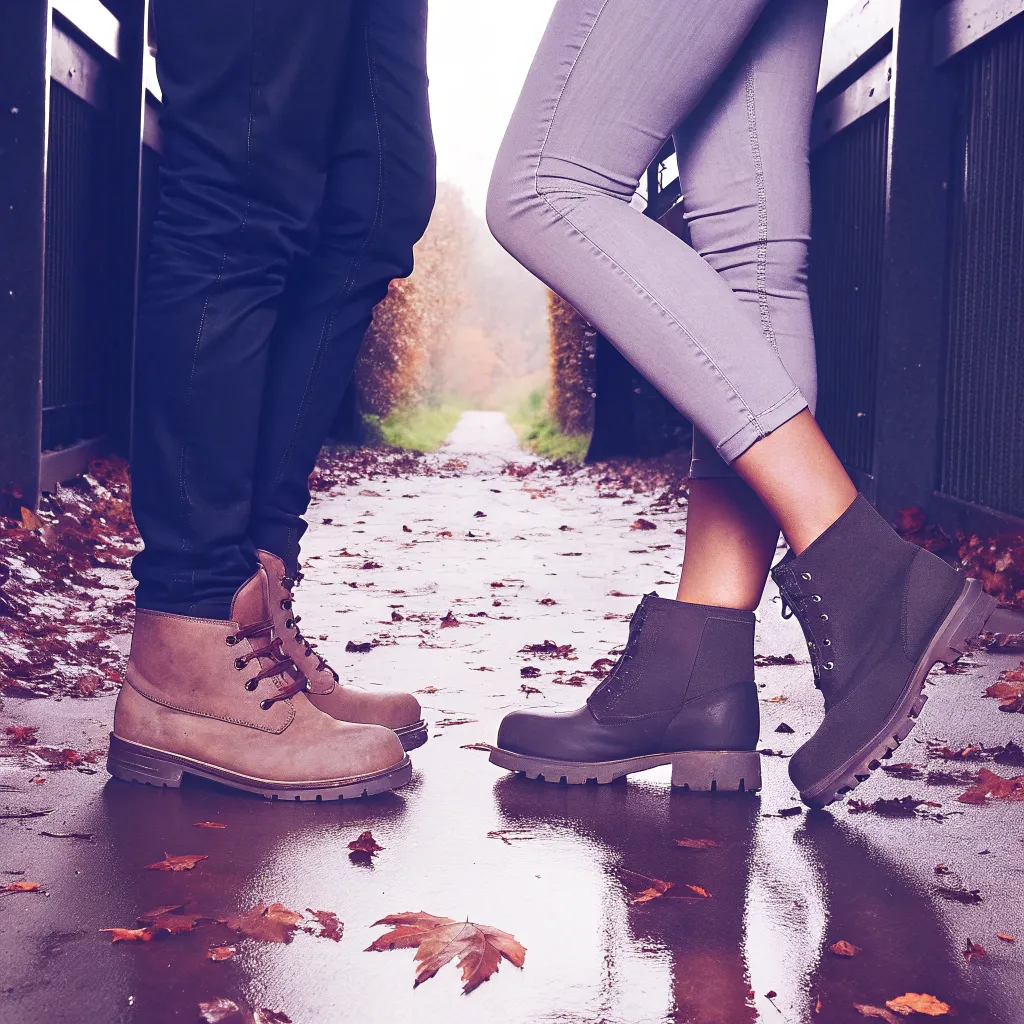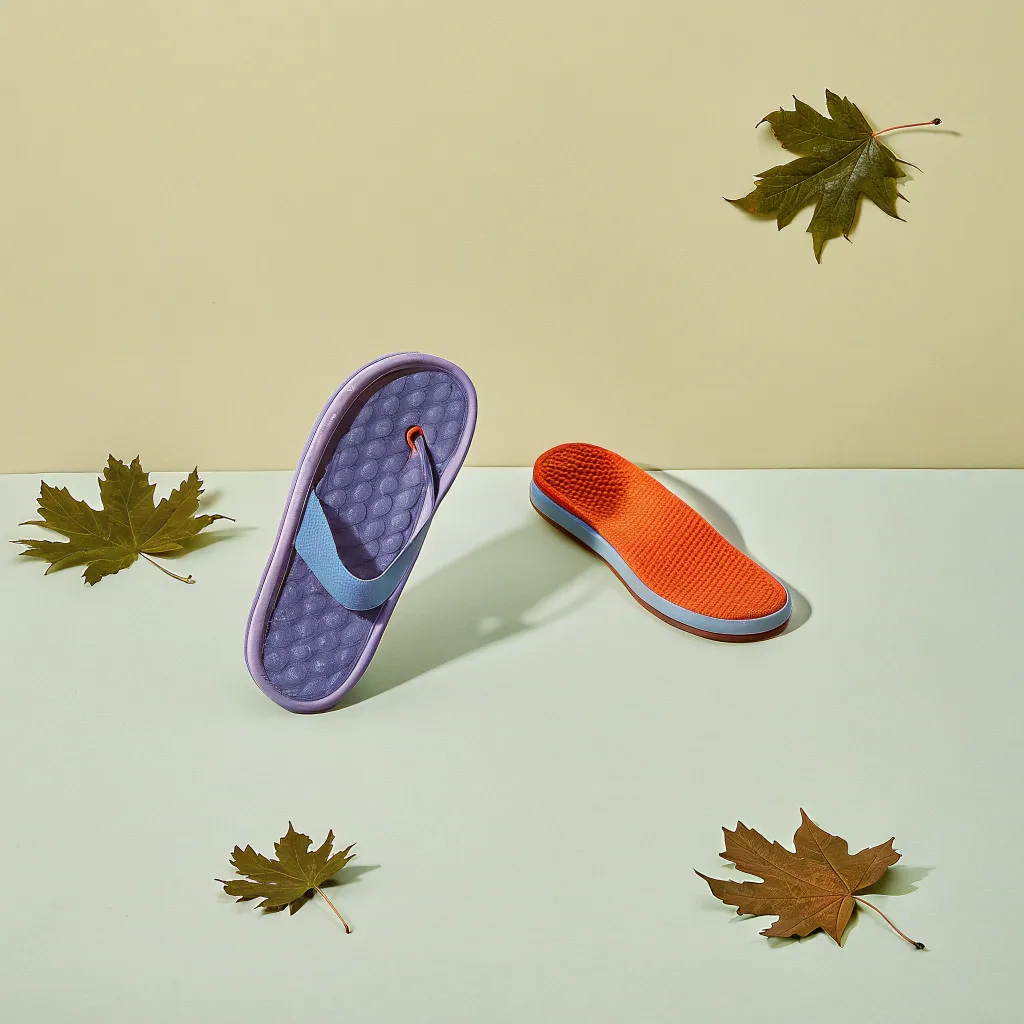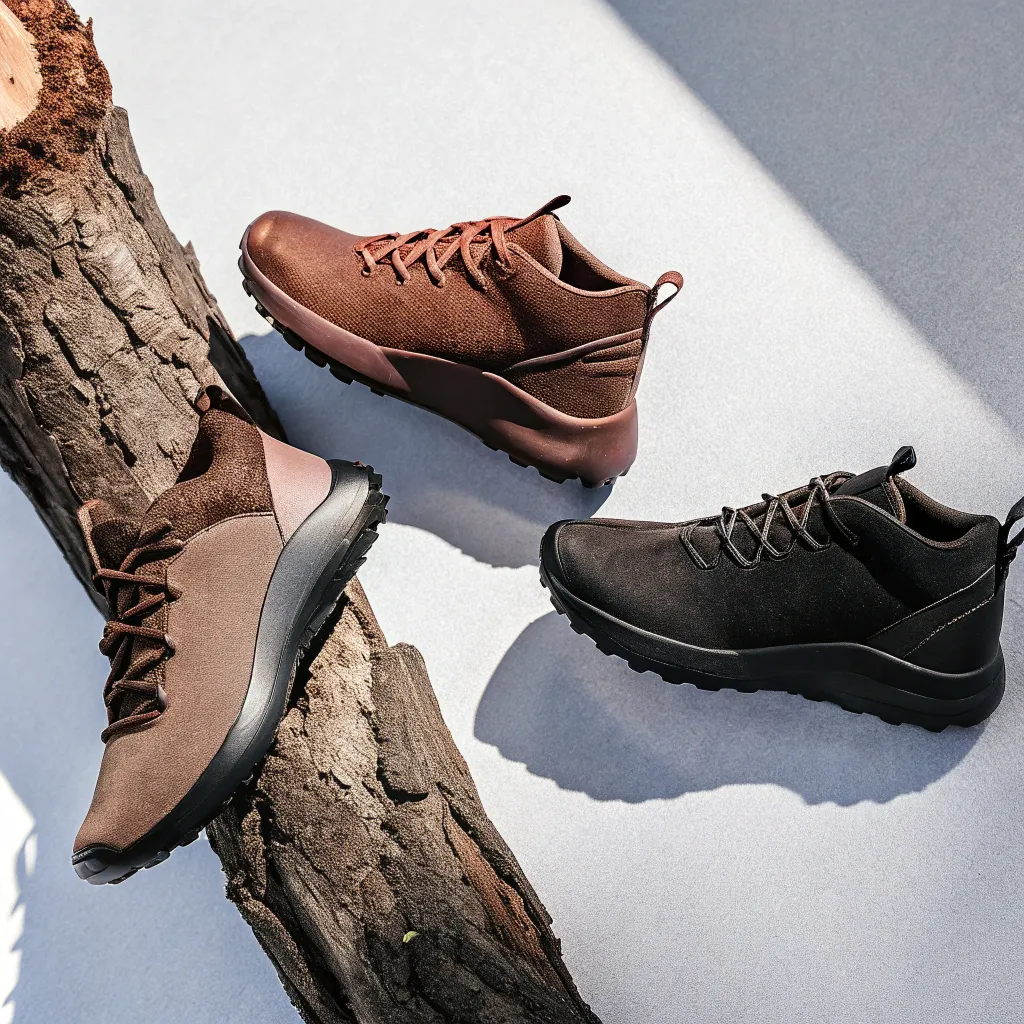The crisp air and vibrant colors of autumn make it one of the best seasons for hiking, but those beautiful fallen leaves create some of the most treacherous trail conditions you'll face all year. I learned this the hard way last October when a seemingly innocent patch of wet maple leaves sent me sliding down a muddy embankment.
Why Fall Trails Demand Specialized Footwear
Fallen leaves create a deceptively dangerous surface when wet. They form a slick layer that conceals roots, rocks, and uneven terrain underneath. According to numerous hikers on Northeast Hikes, the combination of wet rocks covered with autumn leaves makes trails "really dangerous" - particularly on popular routes like the Falling Waters Trail in New Hampshire's Franconia Notch.
A Reddit user in the r/trailrunning community recently shared their experience of suffering "a severely sprained ankle after slipping on a trail covered with wet leaves" after moving to the Pacific Northwest. This common scenario plays out on trails across the country every fall.
Best Traction Technologies for Wet Leaf Conditions

When facing slippery autumn trails, your footwear's outsole becomes your most critical safety feature. Several traction technologies consistently outperform in these conditions:
Vibram Megagrip
This specialized rubber compound has developed something of a cult following among serious trail users facing wet conditions. It maintains flexibility while providing superior grip on slick surfaces.
"I just ran on wet leaves on the ground in my Hoka Speedgoats and did not slip," reported one Reddit user, referring to the Megagrip-equipped trail runners that have become increasingly popular for technical terrain.
Aggressive Lug Patterns
The depth and arrangement of the lugs (the "teeth" on your shoe's bottom) matter tremendously on leaf-covered trails. Shoes with widely-spaced, deep lugs allow debris to clear more effectively while digging through the leaf layer to find purchase on solid ground.

La Sportiva FriXion
La Sportiva's proprietary rubber compound is another standout performer mentioned frequently in trail communities. Their trail running shoes typically feature a combination of sticky rubber and aggressive lug patterns that perform exceptionally well on technical terrain.
Top Shoe Recommendations for Fall Trail Conditions
Based on consistent feedback from hikers and trail runners facing autumn conditions, these footwear options stand out:
- Hoka Speedgoat - These trail runners combine Vibram Megagrip outsoles with 5mm lugs and have become the go-to shoe for many facing technical terrain.
- La Sportiva Bushido II - Offering exceptional stability and grip through their FriXion XT 2.0 rubber compound, these shoes excel on technical, wet trails.
- Salomon Speedcross 6 - With extremely aggressive 6mm lugs in a chevron pattern, these shoes literally claw through leaf cover to find traction.
Should You Choose Waterproof Footwear?
There's an ongoing debate about waterproof footwear for fall conditions. While keeping your feet dry seems logical, experienced hikers note a significant drawback: "I was told that with waterproof shoes, once the water gets in through the top the feet will stay wet," shared one Reddit user.
This is absolutely true - once water enters over the collar, waterproof shoes actually trap moisture inside. For longer hikes, many experienced trail users prefer quick-drying non-waterproof options paired with wool socks that maintain warmth even when wet.
Trail Safety Beyond Footwear
Recent trail reports from places like Blue Mountain Lake mention "lots of wet leaves making it a little slippery" even on moderate trails. While proper footwear is essential, don't forget these additional safety measures:
- Use trekking poles for added stability
- Reduce your pace on leaf-covered descents
- Be especially cautious on north-facing slopes where leaves stay wet longer
The right footwear combined with appropriate caution will help ensure your autumn adventures remain memorable for the stunning views rather than ankle injuries.
[Note: Always check recent trail conditions before heading out, as fall weather can rapidly change trail safety.]






